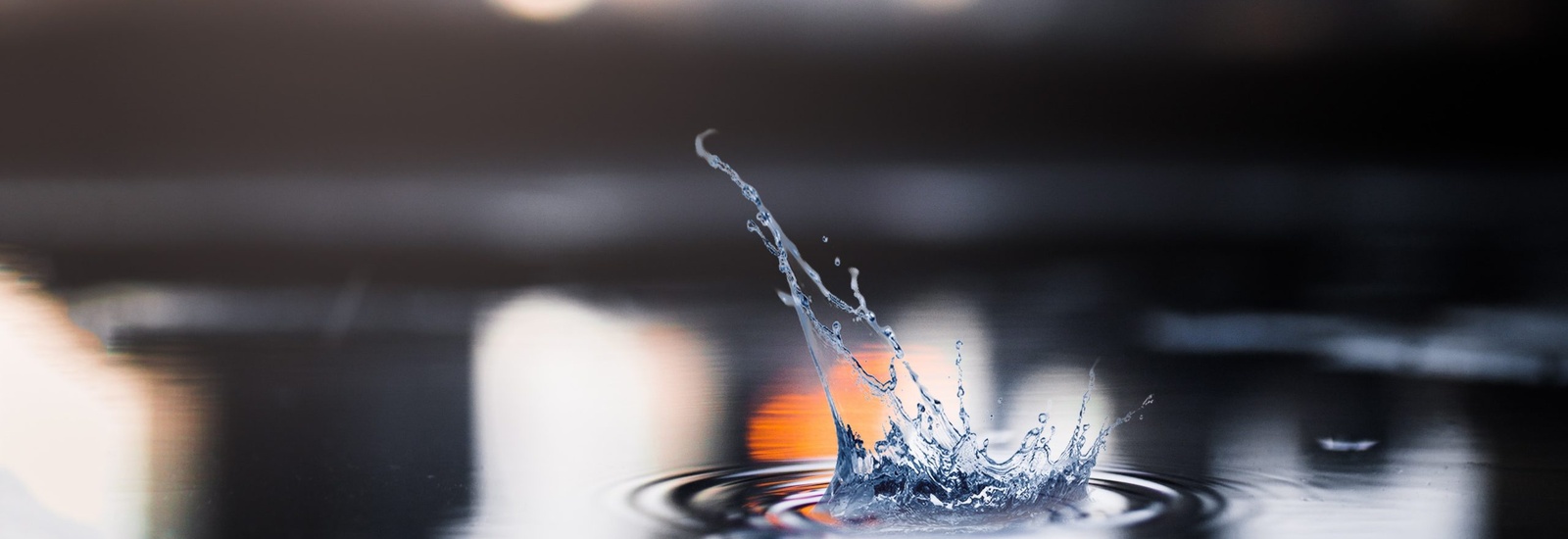Eco-industrial parks
Municipalities and MWMOs have an active role in helping the progress of the circular economy. Many MWMOs have developed their waste management centres into recycling centres and further into eco-industrial centres (also called eco-industrial parks). Eco-industrial centres contain different waste treatment and recycling facilities in a geographically limited area and waste streams, energy and materials circulate between MWMOs and companies. In this manner, the waste of one actor ends up as the raw material of another actor increasing recycling. The existing infrastructure worked as an important prerequisite for development of eco-industrial centres.
The new emerged eco-industrial centres work as service centres and cleantech areas providing many commercial opportunities and innovation platforms for different businesses. Eco-industrial centres provide added value to companies through e.g. savings in raw material, energy, waste management, production and logistics costs. In addition, co-operation can generate significant cost savings through joint procurements. The companies in the eco-industrial centres are also building joint research and development projects and cooperate with universities. There are around twenty larger eco-industrial centres in Finland.
Kemi, Digipolis and Circular Economy Centre
Several eco-industrial parks have developed spontaneously through cooperation between different actors. Over time, networks form and develop into eco-industrial parks, as companies start to work together to meet their own and their customers’ needs. This was the case, for example, at Digipolis in Kemi.
Located at the bottom of the Bay of Bothnia, near the Swedish border, Kemi-Tornio is a hub of chemical and mechanical wood processing, the metal and steel industry, wooden house industry as well as metal and machinery workshops, and there are also significant mining operations in the area. Approximately 1.7 million tonnes of industrial by-products suitable for reuse are produced annually, and approximately 8% of the total value of Finland’s exports is produced in the region.
The Circular Economy Centre promotes the business of the companies of the eco-industrial park in the implementation of circular economy investments. The Circular Economy Centre runs a network of eco-industrial parks throughout Finland. Its website contains, for example, a guide to setting up an eco-industrial park in Finnish and English.
Kemijärvi, Forestin
The Forestin eco-industrial park in Kemijärvi, which is an example of systematically launched eco-industrial parks, is still under construction. The Forestin eco-industrial park is located in the Patokangas factory area with a long history of wood processing. Keitele Group’s sawmill, glue-laminated timber and pellet mills and Finland’s largest roundwood terminal are located in the park. There is an electrified train track in the area. Vataset Teollisuus Oy is preparing the investment of a biorefinery in Kemijärvi. The eco-industrial park offers companies plots earmarked as industrial areas, the city’s town planning and permit services, and the training services in the area.
At the Forestin eco-industrial park, the area’s companies benefit from industrial symbiosis, and responsible production is the common goal of everyone. A master plan will be drawn up for the area, which will take into account from the outset the possibilities of companies to exploit the different energy and material flows in the area and other synergies between companies. The area will be developed systematically, and a working group and development project have been set up for this purpose.
Rovaniemi, Arctic Circle Circular Economy Park
The Arctic Circle Circular Economy Park is developing and a project to establish the park is underway.
The aim is to establish an Arctic circular economy park and create a breeding ground for circular economy innovations in northern conditions. The project supports existing business activities and the creation of new companies and processes as part of the circular economy park. The project seeks potential new actors who can provide services by the further processing of materials and by creating opportunities to utilise materials close to their source. Raw materials used in the circular economy park may include, for example, bio-waste, demolition materials, forest and field biomass, sludge, ash, municipal waste fractions and recycled materials.
The project will prepare reports on the processing of various recycled and reusable materials and a vision for the area’s operations and land use. A digital platform will be created for the management of the park area’s materials, and an operator with local knowledge will be sought to maintain the platform. The project will also create a business model for the operation of the circular economy park.

